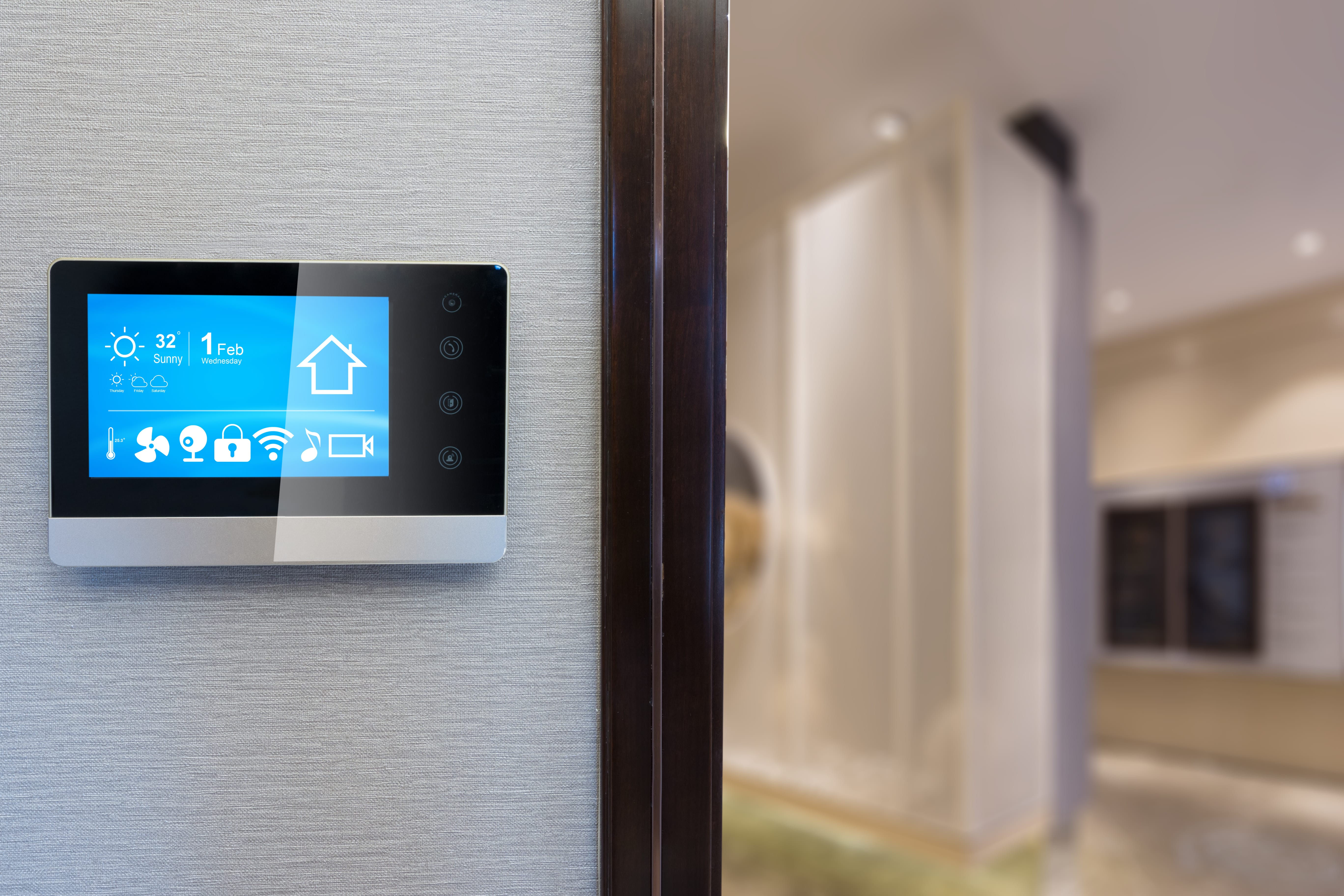After a long day, chilling in your game room can be the perfect way to relax, playing a favorite older video game or trying the latest release everyone’s talking about. But do you know how much power your gaming console consumes, even when you’re not actively using it?
Whether you have an old video game console or a new one—or both—it’s important to be aware of your game console power consumption and how you can limit your household energy use and save energy in every room.
Learn exactly how much energy your next-generation or older video game consoles are using, as well as some simple steps you can take to reduce your gaming electricity usage and your monthly utility bills.
{{CTA-Plans}}
How Much Energy Do Your Game Consoles Use?
About two-thirds of Americans use gaming consoles and computers to play video games, making these devices significant contributors to U.S. household energy use. While newer consoles offer the latest technology in graphics and processing, they also consume more electricity.
Let’s look at the energy usage of both new and older-generation gaming systems to get a clearer idea of how your game consoles contribute to your monthly energy bills.
PlayStation
Because of its emphasis on high-definition graphics and powerful gameplay, Sony’s PlayStation consoles use more electricity with each new generation. While the PlayStation 3 (PS3) only used 1.1 watts in standby mode, the PS4 wattage usage bumped that number up to 8.5 watts in standby mode. However, where the PS3 used 189 watts during gameplay, the PS4 power consumption while in use was only 137 watts.
The newest model, the PS5, uses anywhere between 160 and over 200 watts of electricity when playing the latest games—more power than most 60-inch TVs. Fortunately, however, the PS5 uses significantly less energy when playing games designed for older consoles, which means you can play PS4 games on the newer system and enjoy less energy usage.
Xbox
Like the PlayStation, Microsoft’s Xbox is designed to allow users to play the latest video games with a high-quality gaming experience. The older Xbox 360 uses 2.2 watts of electricity in standby mode and 172 watts during gameplay, while Xbox One power consumption is significantly higher in standby mode (15.7 watts) and decreases to 112 watts during gameplay.
The Xbox Series S is the entry-level model of the latest-generation Xbox, and it consumes less energy than the more advanced Series X and the PS5. Both the Xbox Series S and Series X are able to draw less than 1 watt of electricity with the Xbox energy saver vs. standby mode, but all consoles default to the “Instant On” setting that uses more energy, so users must take time to adjust their settings manually.
Nintendo
Older Nintendo systems compare significantly lower than other game console power consumption levels, with the Wii U using only 0.4 watts in standby mode and 34 watts for gameplay. Even older consoles, like the Wii and GameCube, provide even more energy savings, although lower-quality graphics.
Because it primarily offers games that require less powerful processing and graphics, the Nintendo Switch power consumption is currently the lowest, making it the most energy-efficient console on the market. With its convenient handheld mode, the Switch uses just 7.5 to 18 watts to charge and only 18 watts during gameplay.
Gaming Computers
High-powered PCs and laptops are increasingly popular with many gamers because of their strong processing abilities, but these devices are not designed for energy efficiency. Even though only 10% of gamers use computers, gaming PCs account for 40% of gaming energy consumption.
Updates to a gaming computer, such as replacing the old hard drive with a solid-state drive, could help reduce your electricity bill. Users may also consider replacing old CRT monitors with ENERGY STAR® certified LCD monitors.
How to Reduce Game Console Power Consumption
Many video game consoles feature exciting and convenient features, from voice control to wireless controllers to video streaming capabilities. But many users don’t know that these features draw power even when you’re not using them, which can significantly increase household electricity usage.
Fortunately, you can take steps to limit your console’s electricity use. By adjusting settings on the console and changing your gaming habits, you can reduce your game console power consumption.
Explore your console’s settings
While it’s easy to go with the default settings on a new system, read and explore the settings of your console. Many consoles have energy-saving options that can help limit electricity use in standby mode or allow the device to power down after a certain period of inactivity. For example, the Xbox One can waste more power in standby mode because of its default “Instant On” setting that allows the user to use voice commands to turn the device on.
Turn off your controllers
Some consoles allow you to automatically turn off your controllers after a set time of inactivity, but if that’s not an option, manually turn off your controllers when you stop playing. Doing so can prevent residual unnecessary power use. Explore other ways you could save energy with home automation.
Don’t wait to update
Just like with any electronic, keeping your console updated is critical. Not only do updates fix technical issues, but they often include energy-saving features that are added later. Keep your console updated and don’t press “later” every time the update screen pops up.
Avoid streaming on consoles
While modern consoles are designed to stream content easily from apps like Netflix, Hulu, and HBO Max, doing so can cause a huge surge in your console’s electricity usage. Instead of streaming through your Xbox or PlayStation, use a digital media player like Chromecast or Apple TV, which uses 15 times less energy. Even better, invest in a Smart TV. These models have built-in streaming capabilities and don’t require the addition of another device to binge your favorite show.
Unplug your console when not in use
Sometimes the simplest changes can have the biggest impact. If you don’t plan to use your console again anytime soon, consider simply unplugging your devices when you’re finished with them. You can also plug your console into a power strip and turn off power to the device with the press of a button. Saving energy has never been so convenient.
Invest in a home energy audit
A professional home energy audit determines your household energy use and pinpoints problem areas that are wasting electricity. This thorough inspection can help you find ways to reduce energy consumption in your home and provide you with the information you need to make upgrades that can lower your monthly bills.
Partner with Gexa Energy to find ways to reduce your energy consumption and save on your monthly electricity bills. Learn More about Gexa Energy and their 100% renewable plans from environmentally friendly renewable sources.






































